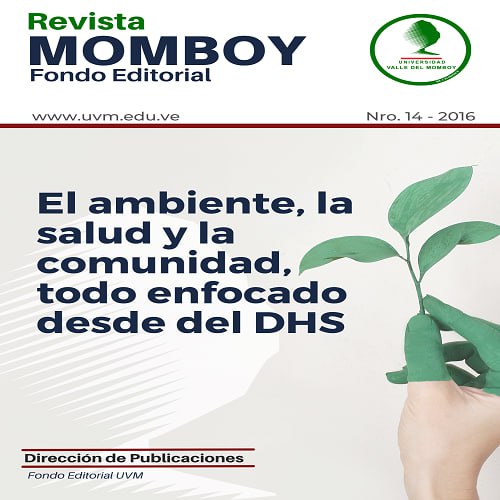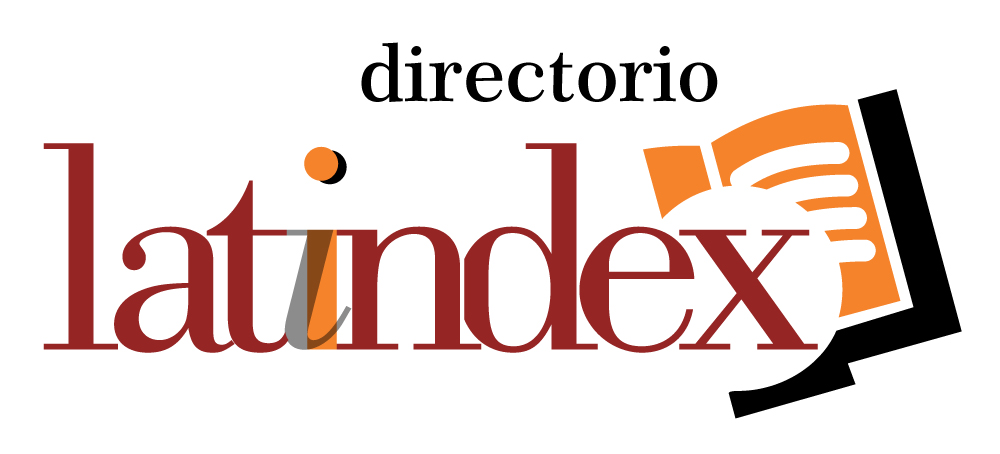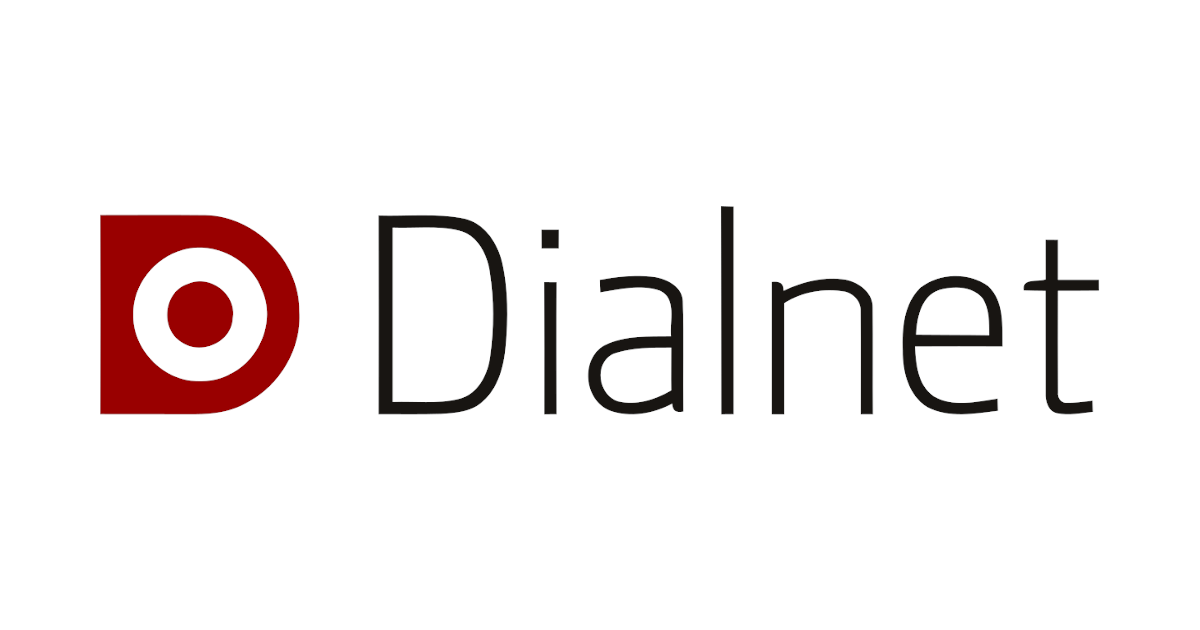Environment, health and community from physical education at the university
Keywords:
environment, community, health and physical educationAbstract
The purpose of the study was to describe the link between environment, health
and community from the viewof physical education in the UNESR. In the
context of sustainable human development, the research was theoretically based
on the proposals authors such as: León (2009), Tejada and Sáez (2009), Esper
(2004, 2009), Estrada (2008), among others. The methodology was descriptive;
65 students and 03 teachers made up the group under studyto whom applied two
questionnaires (teachers, students), of 12 questions each. Results show that the
link physical education /environmental conservation is 'insufficient' because
during physical education class rarely emphasizes environmental preservation;
cleaning activities are not promoted, nor stimulates the use of biodegradable
fuels. Promotion of environmental education is "insufficient" because rarely
activities of awareness towards the environment are carried out or incorporated
into the teaching/learning values of environmental education. In physical
education/integratedhealth was 'insufficient': rarely taught standards for
practicing physical exercises outside of class, not activities that promote health
in the community, or reports on health and nutrition. The link physical
education/community recreation reflected "insufficient" therefore rarely
outdoor recreational activities are planned by incorporating community or the
teacher performs sports activities or skills students –community. It is concluded
that few linkage exists between environment, health and community from
physical education classes, contributing little to the development of a culture
pro-environmental and of health, since the classes have an academic-sports
approach.
Downloads
References
Cáride J. y Meira P. 2001. Educación Ambiental y Desarrollo Humano. Barcelona: Ariel.
Centro Nacional para el Mejoramiento de Enseñanza de la Ciencia. Cenamec. (1996). Propuesta para la capacitación en educación ambiental de los docentes de la segunda etapa de educación básica.Caracas: Cenamec
Corrales, A. (2010). Trabajar la educación ambiental desde la educación física. Hekademos, Revista educativa digital, Año 3, Nº 5; pp. 45-63. Disponible en: dialnet.unirioja.es/descarga/articulo/3286892.pdf
Dalmao, J (2004) Análisis del Estatus de la Educación. Física en la Enseñanza Primaria.Universidad de La Rioja. Servicio de Publicaciones.
Esper, P (2009) La Educación Física Universitaria como vía de educación para la salud. Disponible en línea. Extraído de www.sportsalut.com.ar/articulos/act_fis_salud/20.pdf
Estrada, A (2008) Educación para el tiempo libre y desarrollo comunitario.
La Habana. Cuba.
Guío, F., Díaz., J. y Mejía, M. (2010). Experiencias de clase en la enseñanza de la Educación Física en colegios oficiales de Bogotá. Revista Educación Física y Deporte, Nº. 29-1, 23-30. Disponible: http://aprendeenlinea.udea.edu.co/revistas/index.php/educacionfisicaydeporte/article/view/7158/6605
Hurtado, J. (2000) Metodología de la investigación Holística. Caracas: SYPAL
Maldonado, H (2005) La educación ambiental como herramienta social. Geoenseñanza. Vol.10-2005 (1). Enero - junio. p.61-67.
Manzano, I y Moreno, I (2000)Una propuesta pedagógica para la clase de Educación Física. Editorial ICE. Universidad de Nueva Granada. España.
Moreno, I (2002) La educación física y el deporte en la universidad. Editorial de la Universidad de Salamanca. España.
Pasek de Pinto, E. (2006). El docente y su nivel de conciencia ambiental en
Revista de Artes y Humanidades UNICA. Año 7 trimestre Enero-Abril N° 15 – 2006. Maracaibo. Venezuela: pp. 79-94. Disponible en: http://www.unica.edu.ve/ojs/index.php/revistaunica/article/viewFile/119/118
Pasek de Pinto, Eva. (2004) Hacia una conciencia ambiental. Educere. Año 8, Nº. 24, Enero – febrero-marzo, pp. 34-40. Disponible en: http://redalyc.uaemex.mx/pdf/356/35602406.pdf
Patiño, R., Campos, J y Díaz, F. (2009). Las prácticas de enseñanza de los profesores del área de la Educación Física, la Recreación y el Deporte en Revista Educación Física y Deporte,Nº. 28-2, 119-12. Disponible: http://aprendeenlinea.udea.edu.co/revistas/index.php/educacionfisicaydeporte/article/view/3083/2848
Rey, C (2003) Marco Curricular del Programa de Educación Física. San Juan de Puerto Rico. Instituto Nacional para el Desarrollo Curricular (INDEC).
Tejada, J y Sáez, J (2009) Educación Física y Educación Ambiental. Posibilidades educativas de las actividades en el medio natural. Perspectivas de futuro: la educación al aire libre y el aula naturaleza.
Revista Wanceulen E.F. digital. Nº 5, abril de 2009. Universidad de Huelva. Disponible: http://rabida.uhu.es/dspace/bitstream/handle/10272/3314/b15549860.pdf?sequence=1
Zabaleta, A. (2006). La Recreación como estímulo a la práctica de Actividad Física.Ponencia presentada en las 1ras. Jornadas de Investigación de las Instituciones que forman el Talento Humano en Educación Física Deporte y Recreación. Universidad Nacional Experimental de Yaracuy, Vzla.
Downloads
Published
How to Cite
Issue
Section
License
Copyright (c) 2016 Eva Pasek de Pinto, Yhonny Briceño, Teresita Villasmil de Vásquez

This work is licensed under a Creative Commons Attribution 4.0 International License.











